Proposing solutions to the financial crisis without looking into the federal involvement in housing is akin to enacting immigration reform without dealing with our southern border and points of entry. The federal involvement in housing, via the monstrosities know ad Freddie Mac and Fannie Mae, is what created the asset bubbles, propelled the growth of subprime mortgages, and took down the rest of the economy with it. All taxpayers got from it was a great recession and over $137 billion in bailout money to spare these officious market-distorting entities.
Once the housing market collapsed and credit for mortgages dried up, consumers rushed to take their sketchy finances to the Federal Housing Administration (FHA), which offers mortgages of just 3.5% down. Congress exacerbated the problem by allowing the FHA to back mortgages on homes as expensive as $750,000. Now, after several years of backing failed mortgages during the recession, the FHA is facing a $16.3 billion shortfall.
Instead of easing the FHA involvement in the housing and using market forces to determine prime mortgages, the CFPB, a rogue agency created by the Dodd-Frank bill, has set new standards that will exacerbate the problem. American Enterprise Institute resident fellow Edward Pinto has the following trenchant observations about the CFPB’s new standards:
A Bizarro World of home finance is being created by Dodd-Frank Wall Street Reform and Consumer Protection Act’s new enforcement agency, the Consumer Financial Protection Bureau (CFPB). In this world a loan with little or no money down, a FICO credit score of 580, and a total debt-to-income-ratio of over 50% is defined as a prime loan, even though it has a nearly 30% likelihood of ending in foreclosure. Like the bond salesman in Bizarro World, this sets up for failure working-class families striving to achieve the American dream. In the real world a prime loan with 20 percent down, a FICO score of 720 (the average score of all individuals in the U.S.), and a 40% debt ratio has a 1.5 percent chance of foreclosure.
If we don’t draw attention to Dodd-Frank and the continued socialized housing market, we will continue to be at the mercy of the CFPB. They will limit the choices of consumers in financial markets, making it harder and more expensive to obtain credit, while tilting the market towards other groups that should never get credit. This unaccountable agency will operate autonomously within the Federal Reserve and will not be subjected to congressional appropriations or oversight. It is essentially the “death panel” of the financial sector, with control over bank accounts, mortgages, and student loans.
Over the next few months, we’re hoping to work with members of Congress to introduce legislation that will repeal Dodd-Frank and reduce the market share of the FHA altogether.


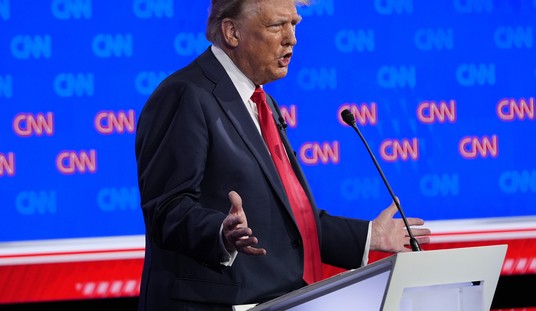

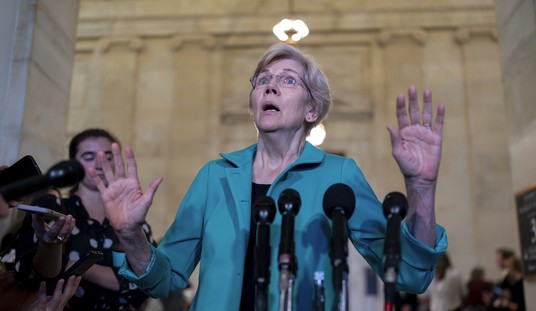
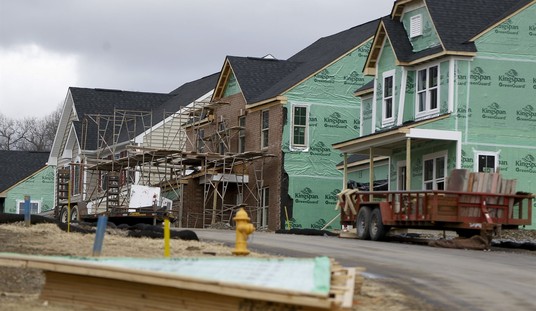
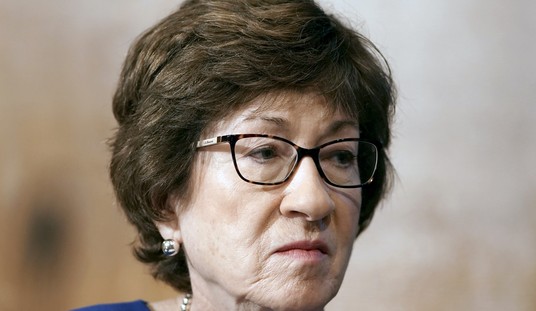


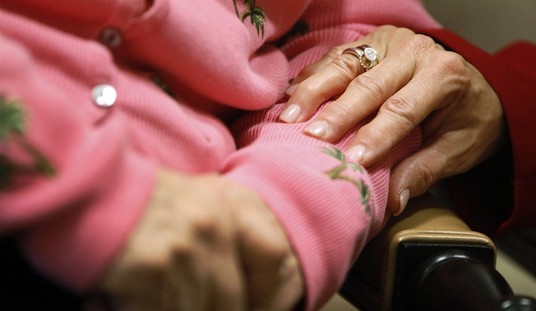




Join the conversation as a VIP Member